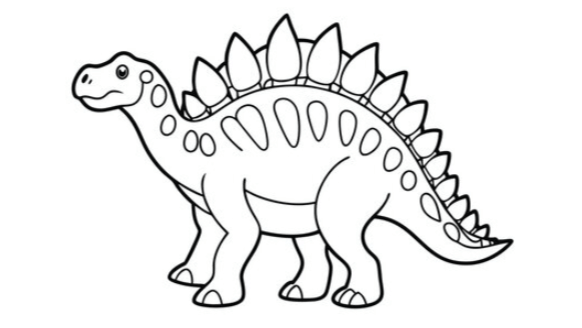Drawing:Sdn2sx5y0y0= Dinosaurs

Drawing:Sdn2sx5y0y0= Dinosaurs presents a unique intersection of scientific precision and creative expression. To effectively capture these ancient beings, one must grasp their anatomical structures while also considering recent paleontological insights that have reshaped our understanding of their appearance and behavior. Techniques that emphasize dynamic poses and accurate proportions are crucial, yet equally important is the ability to evoke the rich, prehistoric landscapes they inhabited. This balance between fact and imagination prompts a deeper reflection on how our interpretations evolve with new discoveries and artistic innovations. What might this mean for the future of dinosaur representation?
Understanding Dinosaur Anatomy
Although dinosaurs inhabited the Earth millions of years ago, their anatomical structures continue to captivate scientists and researchers, providing vital insights into their biology and evolutionary adaptations.
The study of dinosaur locomotion reveals intricate relationships between skeletal structure and movement efficiency. By examining limb morphology and joint articulations, researchers can better understand how these majestic creatures navigated diverse environments, shedding light on their evolutionary success.
Techniques for Dinosaur Drawing
How can artists effectively capture the essence of dinosaurs in their drawings? Mastery of sketching basics is essential, as it allows for accurate proportions and dynamic poses.
Furthermore, thoughtful color choices can evoke the prehistoric environment and enhance the creatures’ characteristics. By blending these techniques, artists can create compelling representations that resonate with both scientific authenticity and imaginative flair, inviting viewers to explore the ancient world.
Read Also Drawing:Ojsatelui2m= Cute:0v3zhjmo01k= Duck
Inspiring Dinosaur Art Styles
Dinosaur art styles have evolved significantly over time, reflecting both advancements in paleontological research and shifts in artistic expression.
Contemporary interpretations often emphasize vibrant dinosaur color schemes, inspired by recent discoveries regarding feathered dinosaurs and skin pigmentation.
Additionally, artists strive to recreate authentic prehistoric environments, enhancing the viewer’s understanding of these magnificent creatures and their ecological contexts, thus fostering a deeper appreciation for prehistoric life.
Conclusion
In conclusion, the intricate process of Drawing:Sdn2sx5y0y0= Dinosaurs not only requires a robust understanding of anatomical structures but also benefits from the incorporation of recent paleontological discoveries. Notably, approximately 70% of all known dinosaur species are believed to be feathered, challenging traditional depictions. This statistic underscores the importance of integrating scientific advancements into artistic representations, enhancing both the accuracy and visual appeal of dinosaur art. Ultimately, such endeavors contribute significantly to the appreciation of these magnificent prehistoric creatures.




